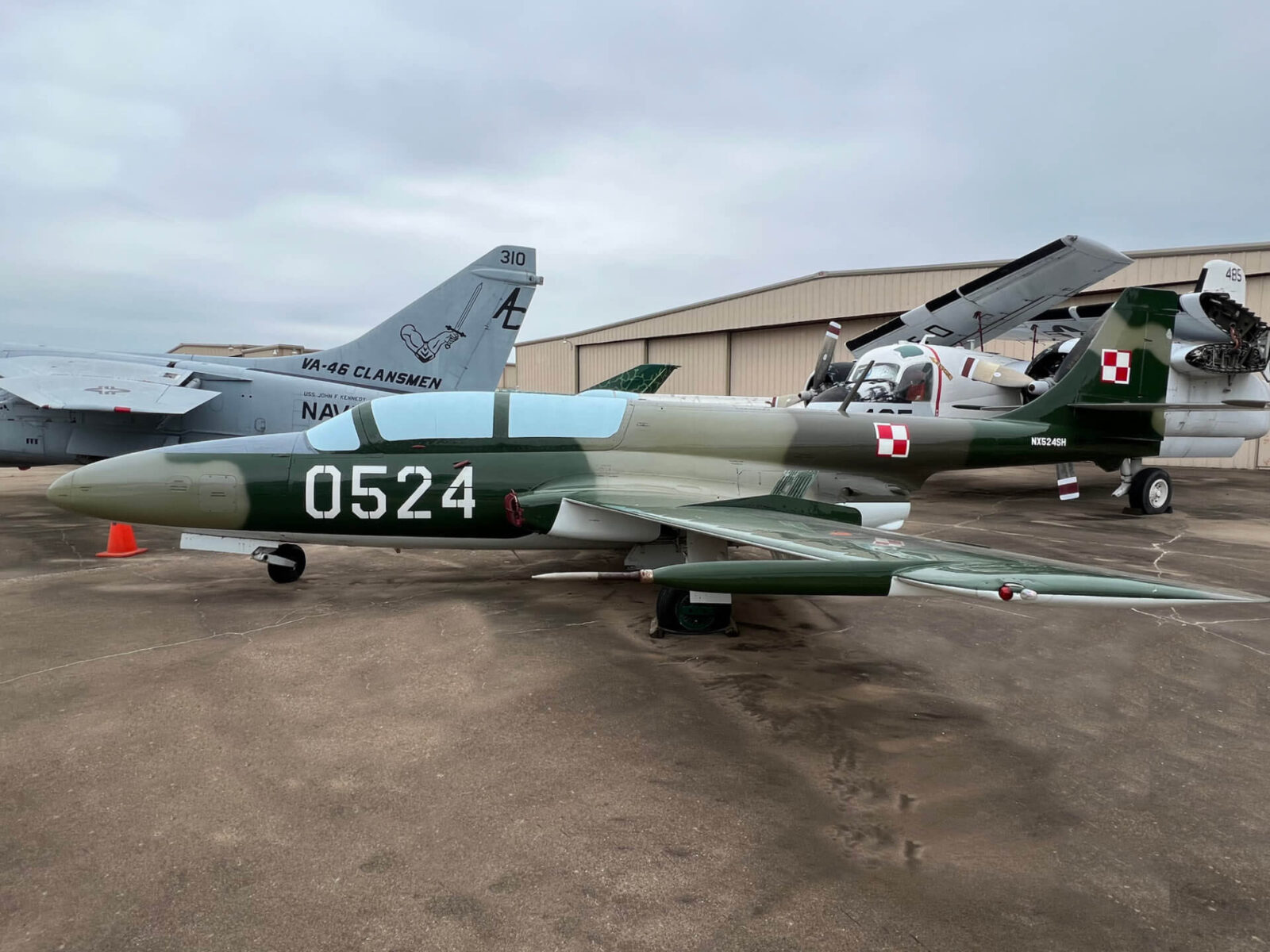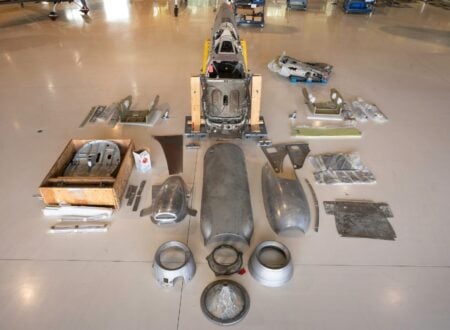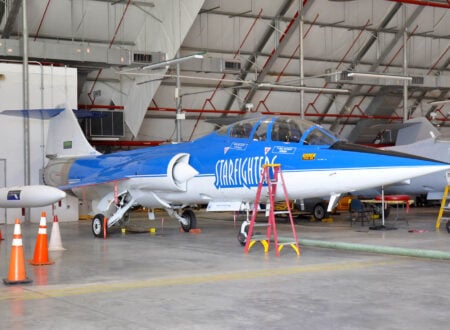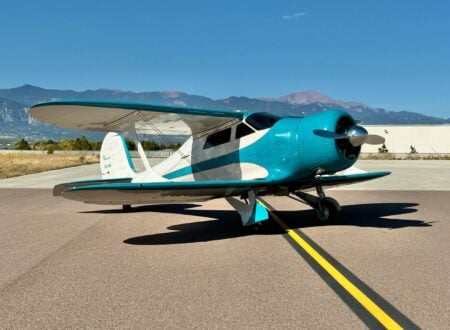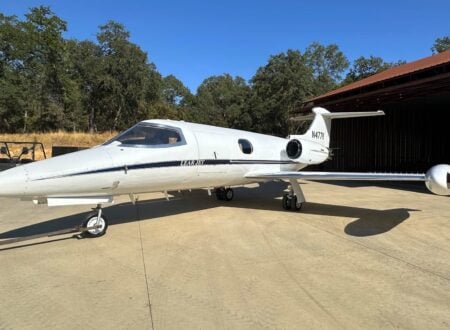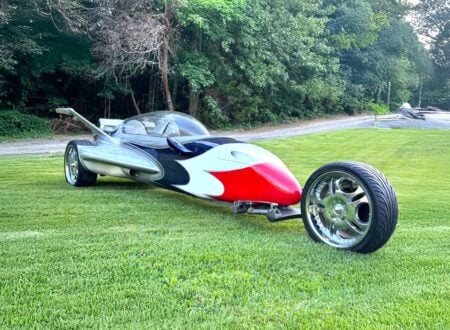The TS-11 Iskra would be the first jet aircraft ever developed and built entirely in Poland, it would remain service from 1960 right the way through until 2021. The aircraft has now become popular with private collectors due to its affordability.
Iskra means “Spark” in English, and the model name TS-11 is derived from Polish aeronautical engineer Tadeusz Sołtyk who led the development work on the aircraft. 424 examples of the TS-11 Iskra were built in total, and many remain airworthy today.
Fast Facts – The TS-11 Iskra
- The TS-11 Iskra was developed by the Polish aircraft manufacturer PZL in the late 1950s. Its creation was driven by a need for a modern jet trainer for the Polish Air Force. The Iskra, which means “spark” in Polish, was designed to provide a jet training platform that could bridge the gap between propeller-driven trainers and front-line jet fighters.
- The TS-11 Iskra made its maiden flight on February 5, 1960. After initial testing and refinements, it entered production, with the first production variant, the TS-11 Iskra bis A, entering service in the early 1960s. Its production continued for several decades with the final Polish Air Force examples remaining in service until 2021.
- The Iskra had all-aluminum construction, it was powered by a variety of engines over its production run including the WSK SO-1, WSK SO-3, and finally the WSK SO-3W. The aircraft featured tandem seating for the instructor and trainee, with a clear, teardrop-shaped canopy for excellent visibility.
- Primarily used by the Polish Air Force, the TS-11 also served in the Indian Air Force. Variants included the TS-11 Iskra bis D (armed version for light attack duties) and TS-11 Iskra bis DF (equipped for photo-reconnaissance). The Iskra was also developed into a naval version, albeit not widely adopted.
Building Poland’s First Jet
In the years after WWII, when Poland had been absorbed into the lumbering behemoth of the Soviet Union, the nation’s homegrown aircraft industry was pilfered, repurposed, and almost entirely gutted – with aircraft design and manufacturing being largely focused in Russia.
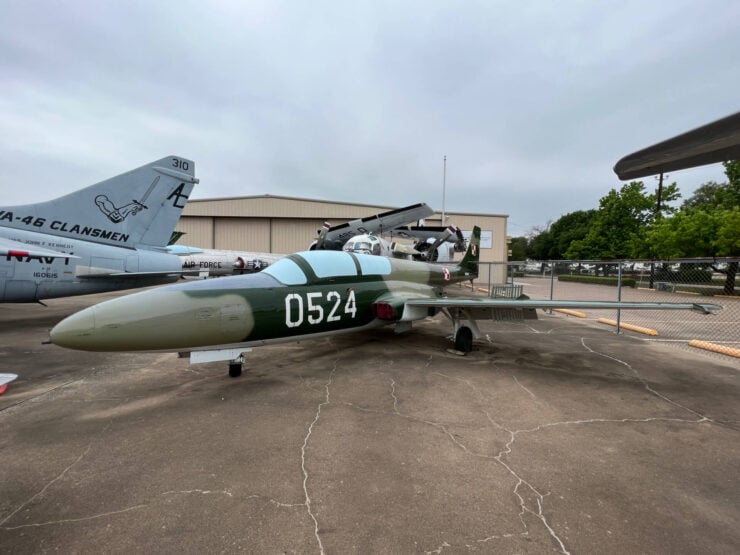

Small teams of aircraft engineers remained in the country, and their goal was to claw back the nation’s once proud engineering history and develop their own homegrown jet aircraft – the first of its kind. The death of Stalin was perfectly timed for this project as it resulted in the vice grip of power being loosened somewhat, and government officials became more supportive of the work.
The Polish Air Force had formalized a requirement for a jet-powered training aircraft and the design of the new Polish jet was carefully tailored to meet the specifications, with two pilots sitting in tandem, a single jet engine mounted in the fuselage, and very forgiving flight characteristics for novice pilots.
The PZL TS-11 Iskra
Polish aircraft company PZL-Mielec would undertake development of the new jet trainer for the Polish Air Force, under the direction of Polish aeronautical engineer Tadeusz Sołtyk. One of the key early challenges was sourcing a suitable jet engine, and it was quickly realized that a foreign-sourced turbojet engine was going to be needed.
The British Armstrong Siddeley Viper engine was the favorite for the project as it met all the requirements had a proven track record of reliability. Negotiations for a contract with Armstrong Siddeley broke down however, the ongoing Cold War made any such deal exceedingly difficult for both parties.
Ultimately the first prototypes of the TS-11 would be powered by the WSK HO-10, a Polish copy of the Armstrong Siddeley Viper engine.
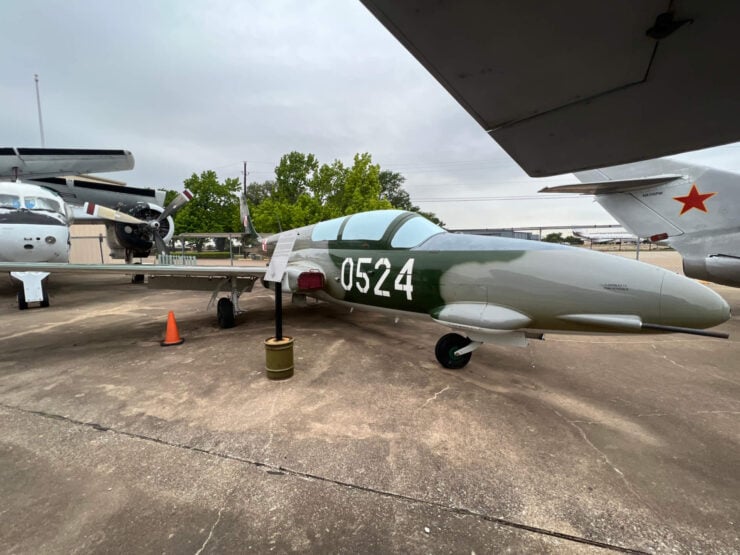

The TS-11 was developed with an all-aluminum airframe with mid-mounted wings and intakes for the engines mounted up next to the fuselage. The engine was inside the rear-section of the fuselage, with thrust exiting out the back under a boom that held the rudder and elevators.
The aircraft had retractable tricycle landing gear, as was (and still is) standard, and the pilots sit in tandem with the training pilot in the front seat and the instructor in the rear. Some variants of the TS-11 repurposed the rear seat into a photography module, for photographic reconnaissance missions.
Although almost all of the TS-11s made were used for training purposes, a small number were repurposed for combat roles. They could be fitted with either one 23mm cannon or two 12.7mm machine guns mounted in the nose section, there were also provisions for bombs or rocket pods carried under the wings on four hard points.
The TS-11 would remain in production from 1963 till 1987 in various configurations, and as noted above it would still be in service as late as 2021 – largely with the Polish Air Force’s Biało-Czerwone Iskry aerobatics display team.
The TS-11 Iskra Shown Here
The TS-11 Iskra you see here is an early 1963 model that has been restored to static condition.
It has 2419.8 total airframe hours with a reported 408.8 hours on the engine since its last major overhaul. It’s equipped with King KX-155 and Apollo GPS in the way of avionics, and it comes with its original service logbooks.
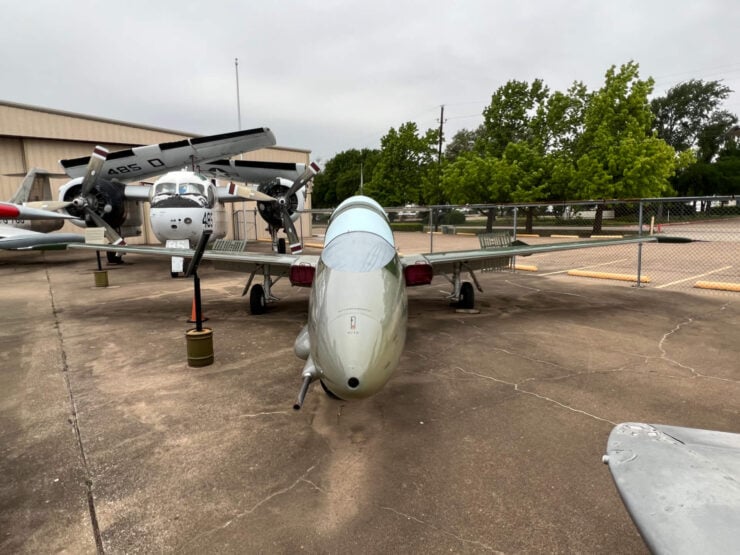

This aircraft remains in its original military livery, including the distinctive Polish Air Force Checkerboards, those are the red and white checkered squares on either side of the fuselage and tail.
It’s now being offered for sale out of Addison, Texas on Platinum Fighter Sales with an asking price of $40,000 USD. If you’d like to read more about it or enquire about buying it you can visit the listing here.
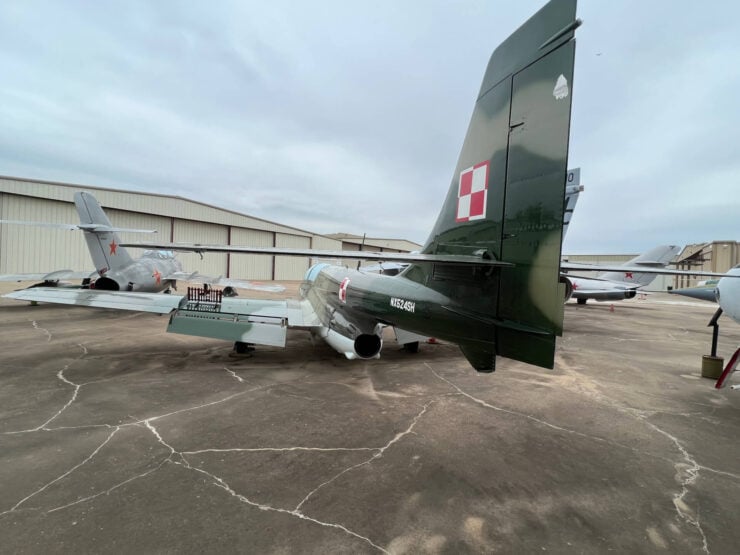
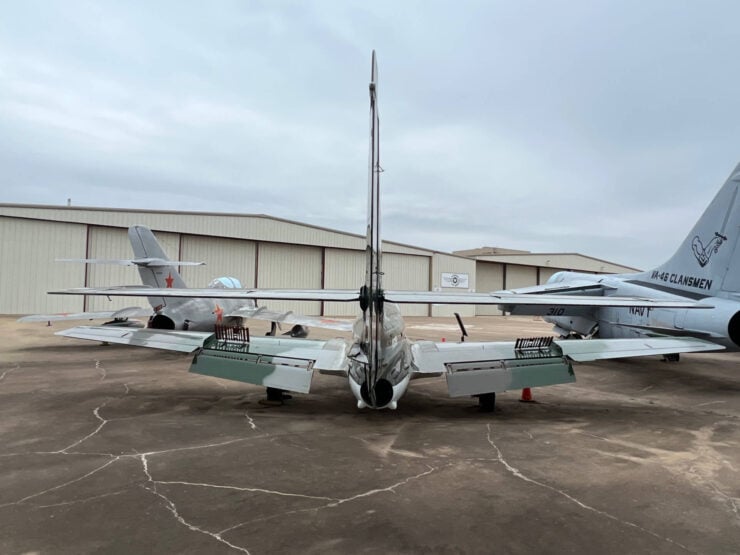
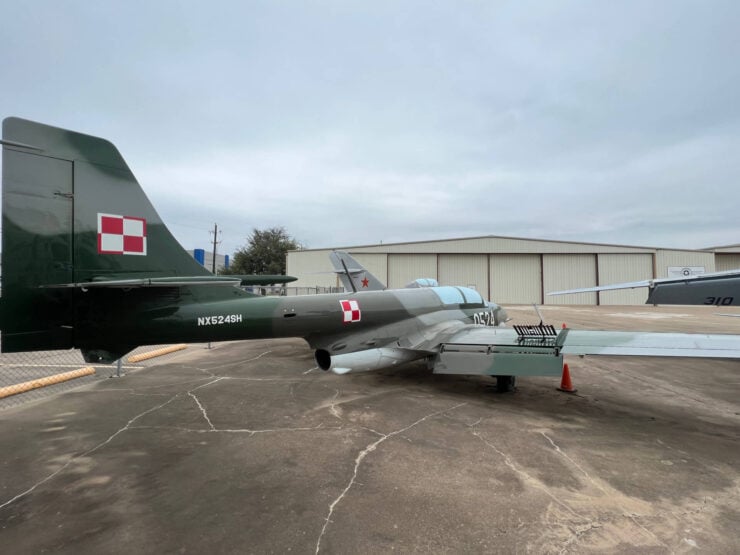
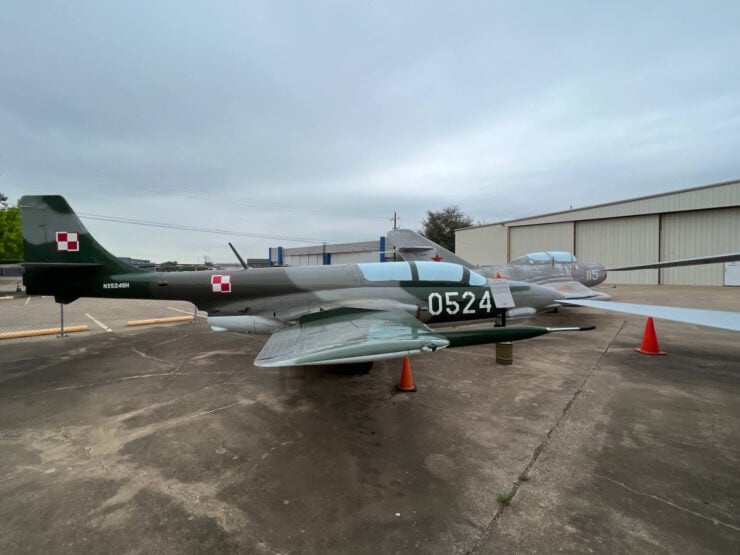
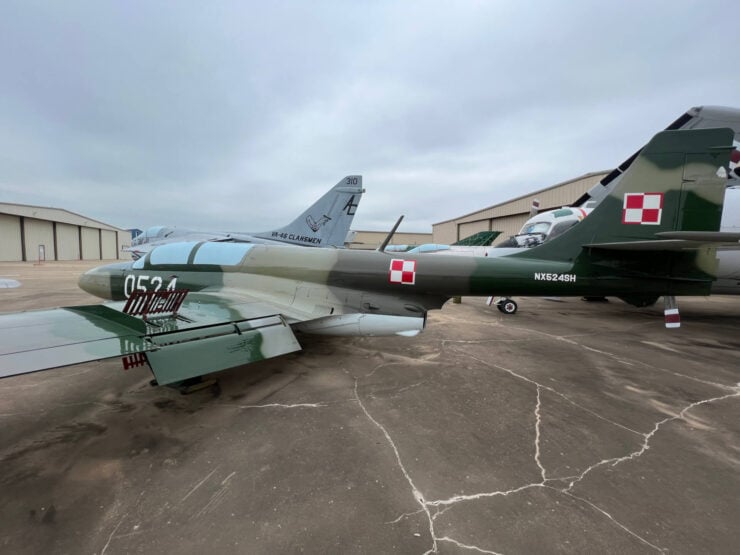
Images courtesy of Platinum Fighter Sales

